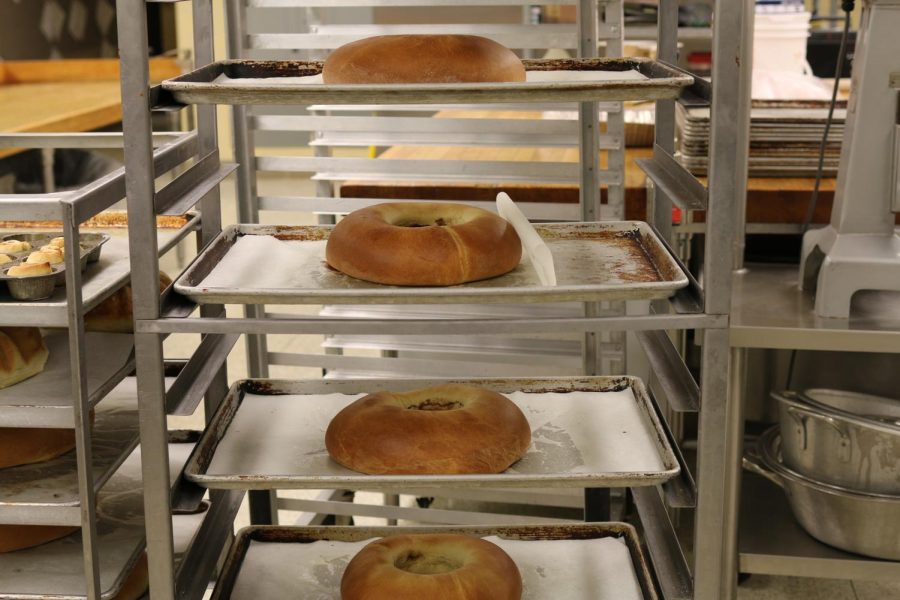Where It Comes From
February 12, 2019
The basic lifecycle of cafeteria food can be broken down into three basic components: where it comes from, how its made, and what it contains. But despite what TV might have use believe, cafeteria meals are not randomly sourced parts tossed together in a blender to make something vaguely edible.
“It’s a lot more complex process than people realize,” said Ossler, as she explained where our food is sourced. “We have numerous purveyors.”
While a majority of entrees, frozen foods, and shelf-stable goods come from US Foods, Inc., NA also tries to take advantage of local sources. Every bread product comes from local providers, like Schwebel’s Bakery, for the entire district, and another main provider, Paragon Produce, when possible, with the end goal of sourcing food fruits and vegetables from within 200 miles.
NA also participates in the National School Lunch Program (NSLP). The NSLP is a federally-assisted meal program operating in public and nonprofit private schools and residential child care institutions. It provides nutritionally balanced, low-cost or no-cost lunches to children each school day. Here at NA, the NSLP helps to provide free or reduced meals (breakfast and lunch) to about ten percent of NA students in the district. In addition, the NSLP allows NA to receive government commodities, like the popular frozen peach cups, at a discounted rate for being involved in the NSLP.
Even with government, state, and local resources, Ossler states that they try to do as much in-house as they can. “We have bakers every day who make the bakery items from scratch,” she explained. “Things the pepperoni rolls and the General Tso’s sauce are also made by hand.”
In the end, a typical breakdown of a meal can be best represented by the different components of a chicken mashed potato bowl: instant potatoes, locally sourced bread, corn from the government, cheese from local dairy providers, and chicken from Tools for Schools.
